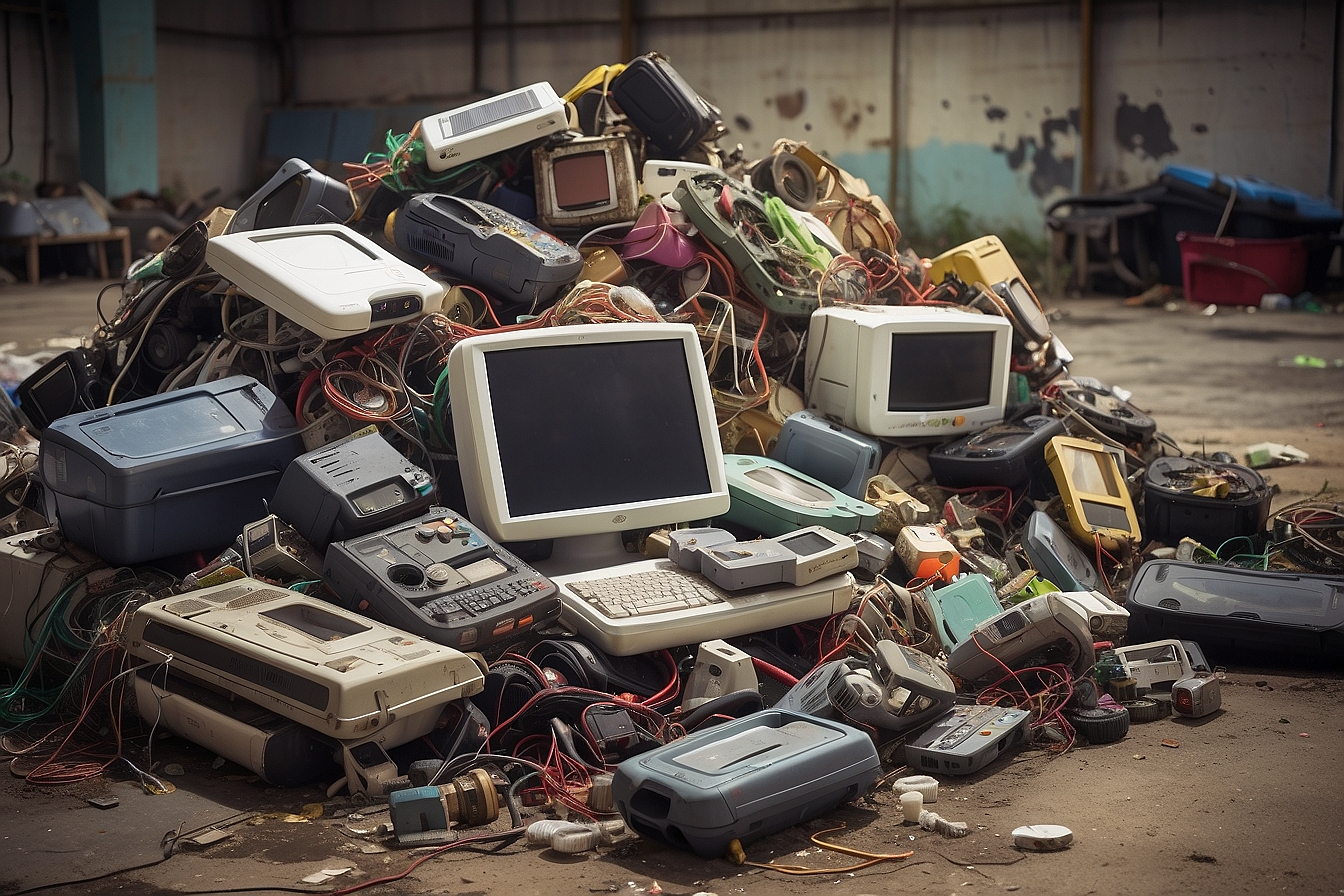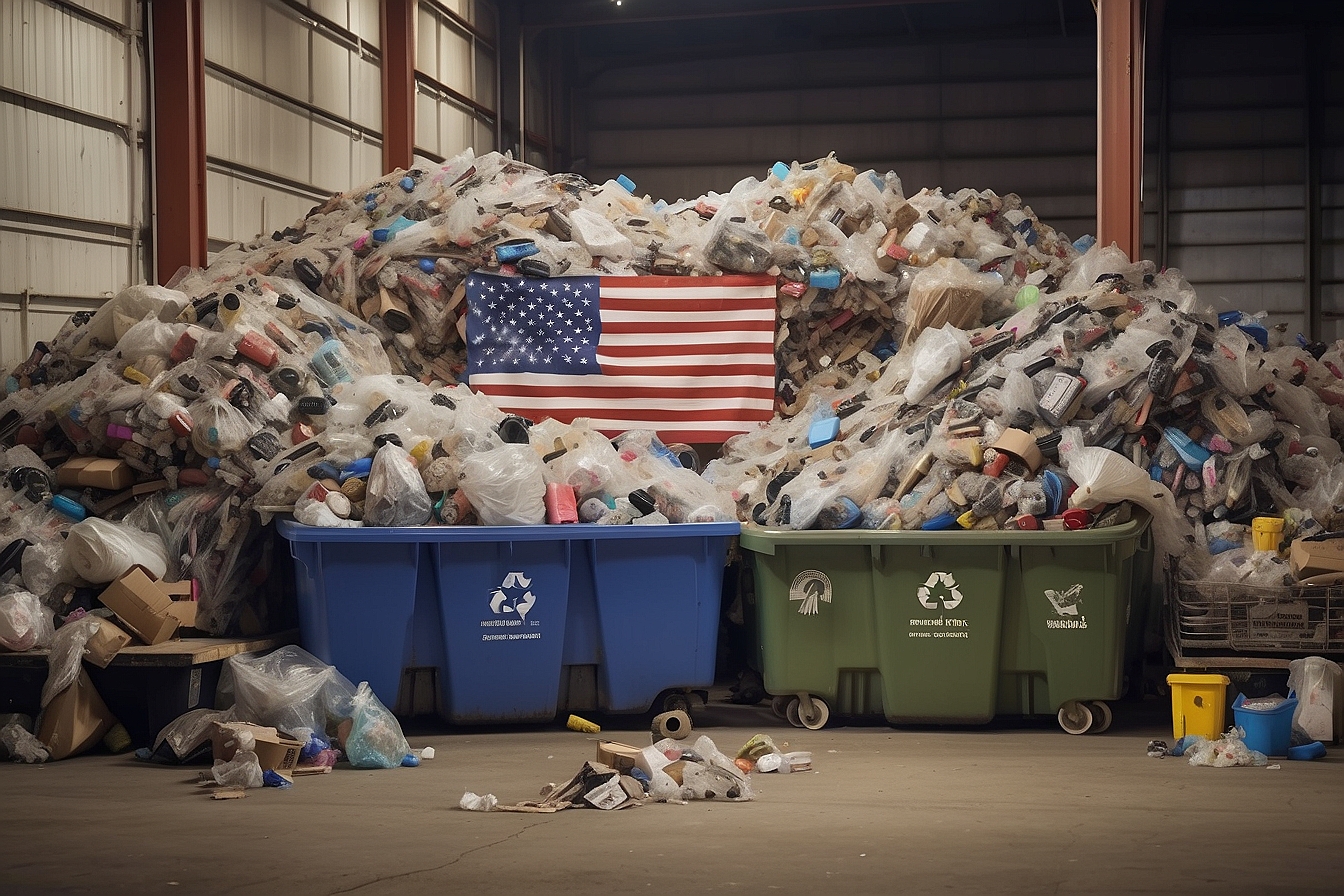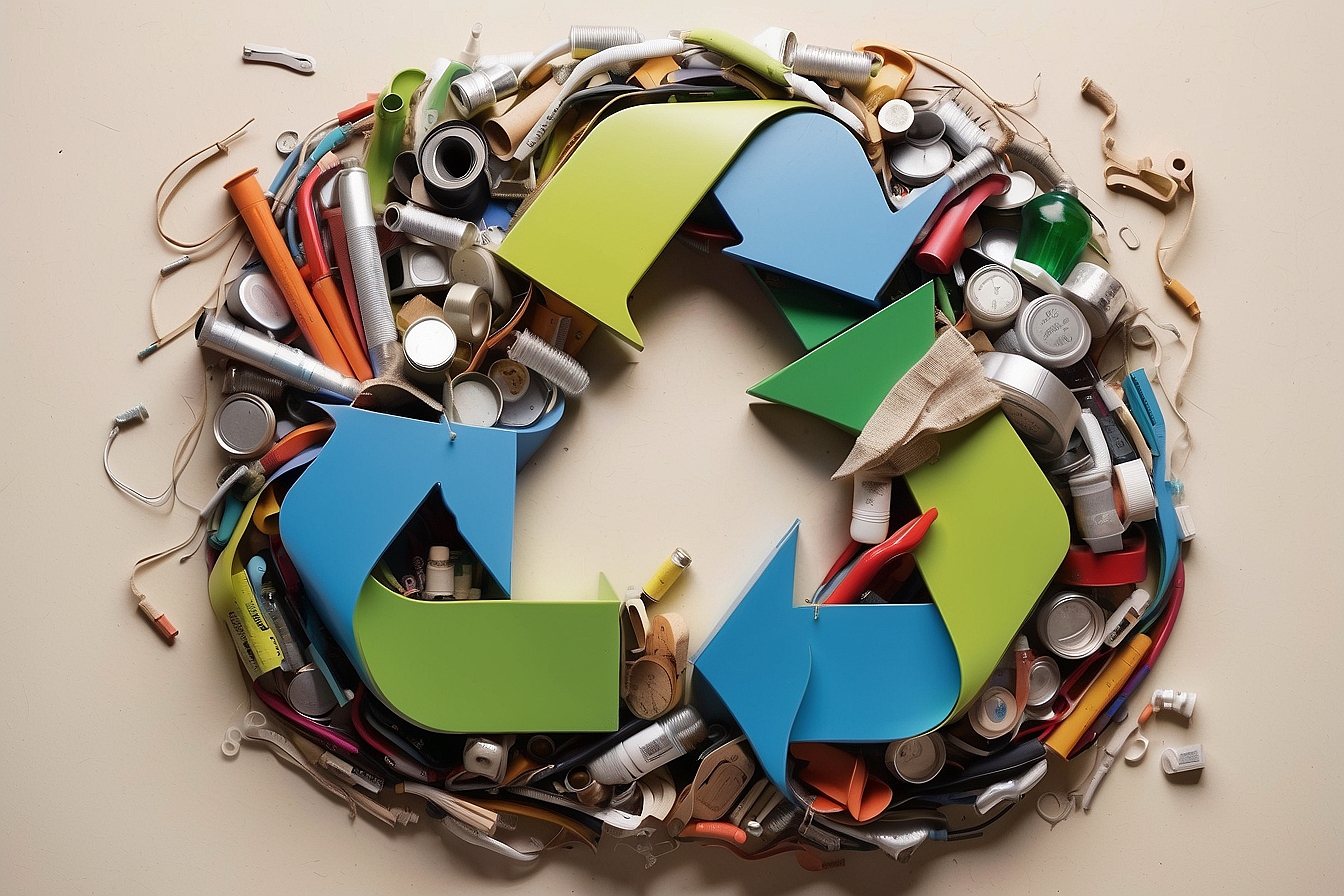Confronting the seemingly insurmountable pile of waste we accumulate each day can be quite disheartening. Rest assured, none of us is facing this challenge in isolation; it’s a collective endeavour.
As someone who has observed the magnitude of the issue up close, I’m acutely aware that around the globe, we amass approximately 2.01 billion tonnes of municipal solid waste every year.
There is nonetheless a glimmer of optimism amidst this dreary picture – our piece delves into the innovative realm of Waste-to-Energy (WtE) technologies, offering a beacon of hope and practical pathways for transforming our refuse into precious energy.
Imagine – your everyday rubbish could soon illuminate countless homes!
Key Takeaways
- Waste-to-energy (WtE) transforms non-recyclable rubbish into heat, electricity or fuel through processes like incineration and anaerobic digestion.
- Innovations such as anaerobic digestion, plasma gasification, hydrothermal carbonisation, and dendro liquid energy provide sustainable ways to manage waste while generating energy.
- Waste-to-energy solutions can reduce greenhouse gas emissions by capturing methane from organic waste decomposition and converting it to usable energy.
- Although WtE technologies have benefits like reducing landfill use and providing renewable energy, they also face challenges such as potential air pollution and the production of toxic ash residues.
- The advancement of WtE technologies is crucial for a more environmentally friendly future despite some drawbacks, highlighting the importance of ongoing research and development.
What is Waste-to-Energy?
Waste-to-Energy refers to the process of generating energy in the form of electricity or heat from waste materials. This includes various types of thermal, biological, and chemical processes that convert solid waste into useful energy sources.
Definition
Waste-to-energy (WTE) is a process that converts non-recyclable rubbish into usable heat, electricity or fuel through a variety of processes. This includes thermal treatment methods like incineration and gasification or biological treatments such as anaerobic digestion.
By doing so, we’re not just keeping mountains of waste out of landfills; we’re also producing renewable energy which can power our homes and industries.
In our fight for environmental sustainability, embracing waste-to-energy technologies marks a pivotal move towards reducing carbon emissions and conserving natural resources. Instead of allowing biomass to decompose in landfills releasing harmful greenhouse gases, WTE initiatives ensure this organic waste serves a purpose by transforming it into energy.
We take what many consider useless trash and turn it into valuable power generation solutions that support both waste management strategies and the creation of sustainable technology across the globe.
Types of waste-to-energy solutions
After understanding the definition of waste-to-energy, it’s essential to explore the different types of solutions available. These technologies provide alternative energy sources and contribute to energy generation through various methods.
- Anaerobic digestion (AD) is a process where microorganisms break down organic matter in an oxygen – free environment, producing biogas that can be used for district heating systems and energy recovery.
- Plasma gasification involves converting organic materials into syngas using plasma arc technology, offering a sustainable method for biomass energy and thermal conversion.
- Hydrothermal carbonisation (HTC) uses high temperature and pressure to convert organic waste into biochar and biocrude, providing an environmentally friendly alternative for energy generation.
- Dendro Liquid Energy (DLE) is a technology that extracts liquid fuel from organic waste materials such as wood chips or agricultural residues, contributing to sustainable energy production.
- Pyrolysis is a thermal decomposition process that converts various types of organic feedstocks into bio-oil, char, and gases, presenting an innovative approach towards waste-to-energy solutions.
The Latest Innovations in Waste-to-Energy Technology
We will delve into the latest advancements in waste-to-energy technology, including anaerobic digestion (AD), plasma gasification, hydrothermal carbonisation (HTC), and dendro liquid energy (DLE).
These innovative solutions are transforming how we deal with waste and generate sustainable energy.
Anaerobic digestion (AD)
Anaerobic digestion (AD) is a sustainable waste-to-energy process that converts organic materials, such as food scraps, agricultural residues, and wastewater solids, into biogas and nutrient-rich digestate.
The biogas produced from AD primarily consists of methane and carbon dioxide which can be used for electricity generation or heating. This process significantly reduces greenhouse gas emissions by capturing methane that would otherwise be released into the atmosphere during the natural decomposition of organic waste.
The utilisation of anaerobic digestion technology plays a vital role in mitigating environmental impact by diverting organic waste from landfills while simultaneously creating renewable energy sources.
Its application supports the circular economy model by converting unavoidable food waste into valuable resources, reducing reliance on fossil fuels, and minimising environmental pollution caused by traditional disposal methods.
Incorporating AD into our waste management strategies not only addresses sustainability concerns but also contributes to the shift towards a greener future.
Plasma gasification
Moving on from anaerobic digestion (AD), another promising waste-to-energy technology is plasma gasification. This innovative process involves using extremely high temperatures to convert various types of waste into synthetic gas.
Plasma gasification has the potential to efficiently manage a wide range of waste materials, including biomass and municipal solid waste, while producing a clean syngas that can be used to generate electricity or as a chemical feedstock in industrial processes.
The scalability and environmental benefits of plasma gasification make it an exciting prospect for sustainable waste management and energy production.
Hydrothermal carbonisation (HTC)
Hydrothermal carbonisation (HTC) is a waste-to-energy technology that involves converting biomass or organic waste into a valuable, carbon-rich material through a hydrothermal process.
In this process, the waste is exposed to high temperatures and pressures in the presence of water, resulting in the production of biochar, biogas, and other useful by-products. HTC presents an environmentally friendly solution for managing organic waste while producing sustainable energy resources.
It offers significant potential for reducing greenhouse gas emissions and addressing the challenges of waste management.
HTC plays a crucial role in supporting conservation efforts and environmental sustainability by providing an innovative approach to harnessing energy from organic waste materials. This technology aligns with the principles of circular economy and can contribute to creating a more sustainable future for our planet.
Dendro liquid energy (DLE)
Dendro liquid energy (DLE) is a cutting-edge waste-to-energy technology that converts woody biomass into renewable liquid fuel. This innovative process involves breaking down wood and agricultural residues through pyrolysis, resulting in the production of bio-oil.
DLE offers a sustainable alternative to fossil fuels, reducing greenhouse gas emissions and promoting environmental conservation.
The DLE method harnesses the potential of organic waste by creating valuable biofuel resources while minimising harmful impacts on the environment. The versatility and efficiency of DLE make it a promising solution for meeting energy demands while actively contributing to sustainability efforts worldwide.
The drawbacks of waste-to-energy technologies
While waste-to-energy technologies offer numerous benefits, including renewable energy generation and waste reduction, it is important to acknowledge their drawbacks. One of the main concerns is the potential for air pollution from the combustion process in certain waste-to-energy facilities.
Additionally, there are worries about toxic ash residue that remains after the waste incineration process. Moreover, some environmentalists argue that promoting these technologies might divert attention and resources away from more sustainable solutions like recycling and composting.
It’s essential to carefully consider these drawbacks when evaluating waste-to-energy options as part of an environmentally conscious approach to managing waste.
Conclusion
In conclusion, waste-to-energy technologies offer promising solutions for managing and converting waste into valuable resources. Anaerobic digestion, plasma gasification, hydrothermal carbonisation, and dendro liquid energy are leading the way in innovative approaches to sustainable waste management.
Despite some drawbacks, these advancements signify a step towards a more environmentally friendly future. With ongoing research and development, the potential for waste-to-energy technologies continues to grow, offering hope for a cleaner and greener planet.
FAQs
1. What are waste-to-energy technologies?
Waste-to-energy technologies are methods used to convert rubbish into useful energy, like electricity or heat.
2. How do waste-to-energy plants work?
These plants burn the trash at high temperatures and use the heat to make steam that can drive turbines to generate electricity.
3. Can these technologies help reduce landfill waste?
Yes, by turning garbage into energy, we can lessen how much stuff ends up in landfills.
4. Are there different types of waste-to-energy systems?
Indeed, some common ones include incineration, gasification and anaerobic digestion; each has its way of transforming rubbish into power.





